ROOM: The Space magazine is one of the prominent magazines on space exploration, technology and industry. At ROOM, we share a common dream – promotion of peaceful space exploration for the benefit of humankind, all while bringing you fascinating articles on an assortment,a range of current topics. Our authors include scientists and industry leaders from all over the world, which lets us bring you the newest and accurate information about hubble space telescope history.
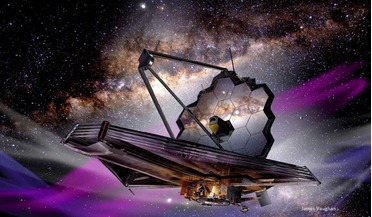 May 2022
Essential guide to the James Webb Space Telescope
May 2022
Essential guide to the James Webb Space Telescope
... science, we cannot imagine the universe the James Webb Space Telescope is about to reveal. WST is not ‘Hubble’s Replacement’ but ‘Hubble’s Successor’, designed to build on Hubble’s rich legacy and even to work side-by-side with ...to explore the Hubble Ultra-Deep Field. Hubble stared at this almost empty patch of sky in the constellation Fornax for 11.5 days, revealing 10,000 galaxies stretching back through most of cosmic history. By using ...
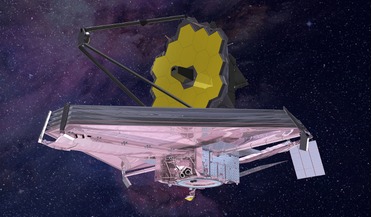 28 March 2018
Woes for Webb as the space telescope is delayed again
28 March 2018
Woes for Webb as the space telescope is delayed again
... the highest priority project for the agency’s Science Mission Directorate, and the largest international space science project in U.S. history. All the observatory’s flight hardware is now complete, however, the issues brought to ...But, do any missions lift off without a hitch? Let's not forget JWST’s predecessor, the Hubble Space Telescope. Hubble, which was the JWST of its time, was also beset by numerous technical delays and budget problems...
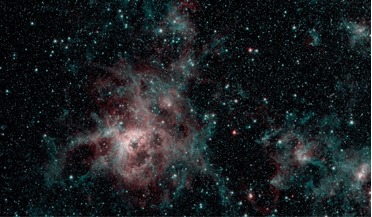 May 2020
Space astronomy at the limits of technology
May 2020
Space astronomy at the limits of technology
... in mission control at the Jet Propulsion Laboratory in Pasadena, California, on 30 January 2020. My first Great Observatory was the Hubble Space Telescope (HST). I was a team member on the high resolution spectrograph, which was one of the instruments that Ball...
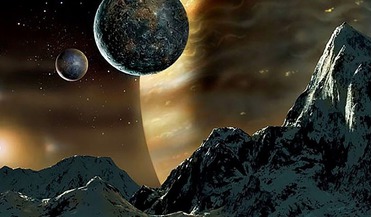 March 2016
Why We Need Space Artists
March 2016
Why We Need Space Artists
... became available, when the Hubble Space Telescope sent back its first amazing images of distant stars and nebulae. . . But let’s take a look at the history and background of space art. Most space artists would dearly love to...areas that seemed like the gates of Hell itself. In deep space - the province of stars, nebulae and galaxies - even the Hubble Space Telescope and developments in terrestrial observing have not superseded but only provided ...
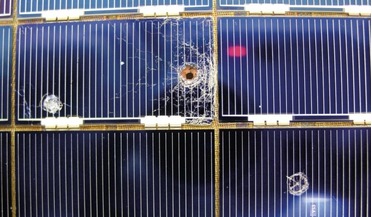 February 2021
Space archaeology - preserving our orbital heritage
February 2021
Space archaeology - preserving our orbital heritage
.... Case study One notable space asset within the space heritage discussion is the Hubble Space Telescope (HST). Launched in 1988 aboard Space Shuttle Discovery, it is clear that the venerable space telescope has a limited future lifespan...cultural importance to humankind. Can we really allow such an important asset in the history of science be destroyed? Rather than de-orbiting Hubble, why not place it into a safe ‘graveyard’ orbit to preserve it ...
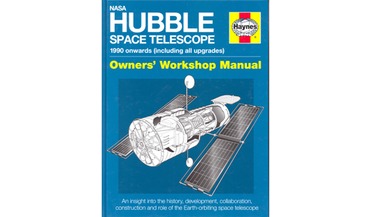 29 March 2018
NASA Hubble Space Telescope Owners’ Workshop Manual
29 March 2018
NASA Hubble Space Telescope Owners’ Workshop Manual
The Hubble Space Telescope is one the most iconic spacecraft of the entire Space Age and this Haynes Workshop Manual provides a good introduction to the science and technology involved. In common...historical background to the HST to (briefly) its successor, the James Webb Space Telescope. Significant sections include those on the design and development of the Hubble and its scientific instrument payload and one on the “corrective optics” delivered...
 February 2022
Revolution and responsibility: the challenges of space
February 2022
Revolution and responsibility: the challenges of space
... the beginning of the twenty-first century. Surrounded by stars - this starfield, captured by the NASA/ESA Hubble Space Telescope’s Wide Field Camera 3 and Advanced Camera for Surveys, contains the globular cluster ESO 520-21 (also... for our own humanity and our environment The second lesson that could be drawn from the history of space exploration concerns the apprehension of ‘the time to come’. I deliberately use this singular expression to ...
 February 2020
Preserving our space heritage
February 2020
Preserving our space heritage
... would wish to preserve as important parts of our space heritage in some kind of space museum? Save our satellites Scientific satellites such as the Hubble Space Telescope (HST) have contributed enormously to our understanding of...to the latter question is perhaps an easier one to address. Scientific satellites such as the Hubble Space Telescope (HST) have contributed enormously to our understanding of the universe and are surely worth preserving. ...
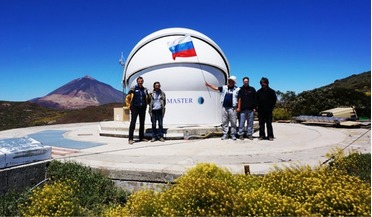 February 2017
Global robotic network for monitoring near-Earth and outer space
February 2017
Global robotic network for monitoring near-Earth and outer space
... the objects discovered by the network have become research subjects for the largest telescopes in the world’s space observatories. The fact that the world’s largest physical experiments on neutrino registration ...Jupiter which is 8.6 km in diameter, has an absolute magnitude of 21 and the visible light limit of the Hubble Space Telescope is 32. The angular speed of movement can reach 20-50 degrees per second. In recent years, the MASTER system has...